

DmC: Devil May Cry will challenge purists of the series with its all-new take on Dante’s story, but is the reboot a heavenly experience that successfully relaunches the franchise while retaining the series’ trademark action experience?
Ninja Theory (makers of Heavenly Sword) took hold of the popular Capcom franchise back in 2010 and faced an onslaught of outraged fans that despised Dante’s new look. Flash-forward three years and things have settled down a bit, after the release of new marketing content and a demo, but for those who are still unsure, let’s put those worries to rest.
The first thing players will notice is the change in tone. This is a much darker game that abandons the anime-style gags and cartoonish violence of recent series entries. Instead we get more realistic, adult characters. The overly elaborate costumes and cheesy jokes have taken a backseat – so those who enjoyed all the goofy banter will need to adjust. Not to say there isn’t banter, it’s just much, much better and, this time around, the script is smarter, edgier and more relatable.
Still a badass.
More importantly the game is more raw and realistic. No one would be caught dead saying any of the lines spoken in the original series, but in the new DmC, it’s not so hard to imagine. It’s a very different style, but players will still find plenty of laughs. The old DmC staples are still there, however, and there are lots of clever one-liners for new and old fans to relish. Still, the dialogue between characters is where the script really shines – a lot of credit should be given to quality performances from the voice actors. Dante is particularly great and his actor breathed new life into what had become, for some, a stale character.
In DmC Dante grows more than in all four original titles – where every game had him starting as wisecracking and fanciful with no real arc to the character. This time around Dante is more reluctant to play hero and is anything but fanciful. Instead he is a likable loner who becomes saddled with responsibility and must face his unknown past. Somehow, through this personal growth, it makes this new Dante feel like even more of a hero than the original. Main villain Mundus, who now has a face and personality to match, hunts Dante and is prevalent throughout the game as opposed to the original where he is relatively out of sight until the end.
Joining the main cast as well are Kat, a witch and semi-sidekick, and Dante’s twin brother Virgil. Virgil is neither as quiet nor evil as his counterpart, but is just as cunning and clever. It’s a fantastic cast of characters and players will enjoy getting to know all of them.
Kat shows Dante the underground resistance.
The art direction is one of the game’s finest points. As mentioned before, costume design has been toned down to feel more realistic and modern. Enemy designs are often both parts grotesque and beautiful. There are many moments in the game where the art department took advantage of several different styles to help tell the story. The story of Sparda, for example, is told through graffiti on the walls of a dilapidated park. Later the game utilizes live chalk drawings during scenes of exposition. Many of the levels benefit from these creative ideas.
Level designs are exciting, unique and a risky departure from the original series. While there are only a few puzzle elements, the different chapters are consistently original, fresh and, most importantly, fun. Dante is rarely in the real world, often being pulled into limbo (the demon world) where things are a twisted reflection of what is present in reality. This gives way to ample creative outlets and liberties with level design, often turning the world around into a hellish M.C. Escher and Salvador Dali hybrid.
Stages are considerably more linear and it’s difficult to get lost. However, with an abundance of secret goodies to discover, players will need extra time to explore all the nooks and crannies. Strewn throughout levels are bonus stages unlocked by hidden keys and lost souls, which can be released for extra currency in the form of red orbs. Orbs can be spent on everything from powerups to health refills.
Limbo is topsy-turvy.
Of course, no levels would be complete without tons of enemies to fight. There are many different types of baddies requiring a variety of different strategies. Each have their own patterns that will differ depending on the difficulty settings and learning them can be a downright chore. But that’s why we love it. Several enemies have immunities to certain types of weapons and weaknesses to others. Weapons must be changed on the fly in the heat of some intense battles – but the ability to switch things up is a highlight of the battle system, which has been refined to perfection.
It’s the best combat seen in a Devil May Cry, due to the clever mechanic of angel and demon weapons. There really isn’t any other way to describe it. Dante will be given an arsenal, but this time around it’s more manageable. Weapons can be changed quickly during combat to utilize their unique properties, which is crucial to both strategy and fluidity of the game. Certain enemies will only be vulnerable to either angel or demon weapons and the mechanic carries over to bosses as well – realizing how and when to use certain weapons will be crucial.
Angel and demon weapons are also utilized outside of combat to traverse the world and the grappling hooks are one of the most important aspects of the game. The hooks can help Dante ascend to a high ledge, propel him through the air – or, most importantly, pull enemies toward him for insanely cool combos (which are much easier to attain this time around). Like before, players will get a rank at the end of a level. A good rank will score players upgrades, which can be spent on abilities both general to Dante, as well as specific to weapons. There are a ton of them and they are fairly easy to obtain.
These guys suck.
The overall difficulty is actually quite easy – even on normal mode. Players will find themselves achieving S or higher ranking by merely chaining together combos and avoiding death throughout the main story. Thankfully, there are many different levels of difficulty for players to choose from, including a Heaven and Hell mode where both Dante and his foes die in one hit or, for those masochists out there, Hell and Hell mode where only Dante dies from one hit — yikes.
There is a lot offered in DmC: Devil May Cry. From multi-dimensional characters, a deeper storyline, a revamped and refined battle system, and beautiful art direction; this is, without a shadow of a doubt, the best Devil May Cry to date. Skeptics should abandon their prejudices and give this one a shot. Everyone else should buckle in for one hell of a ride.
–
Follow me on Twitter @8BitBomb.
DmC: Devil May Cry is available now for the PS3 and Xbox 360. Game Rant played the Xbox 360 version for this review.
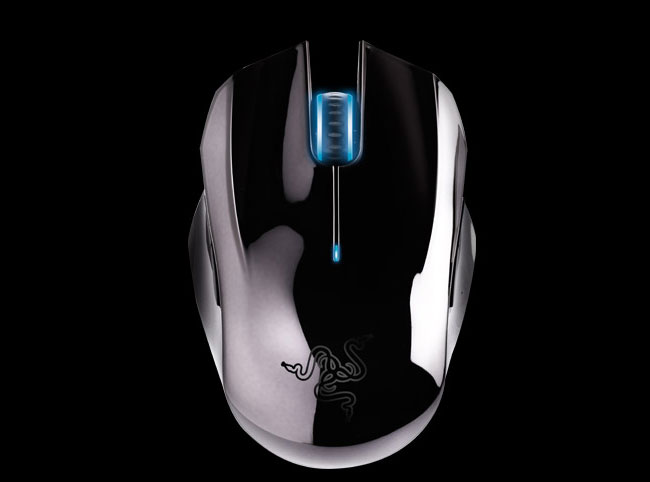

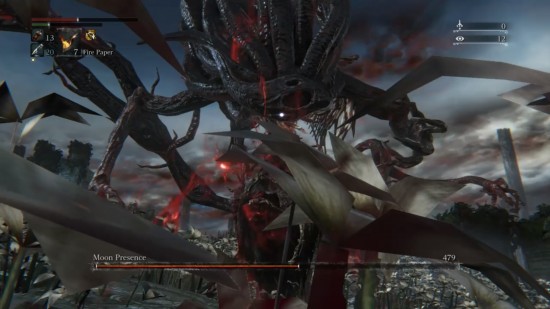
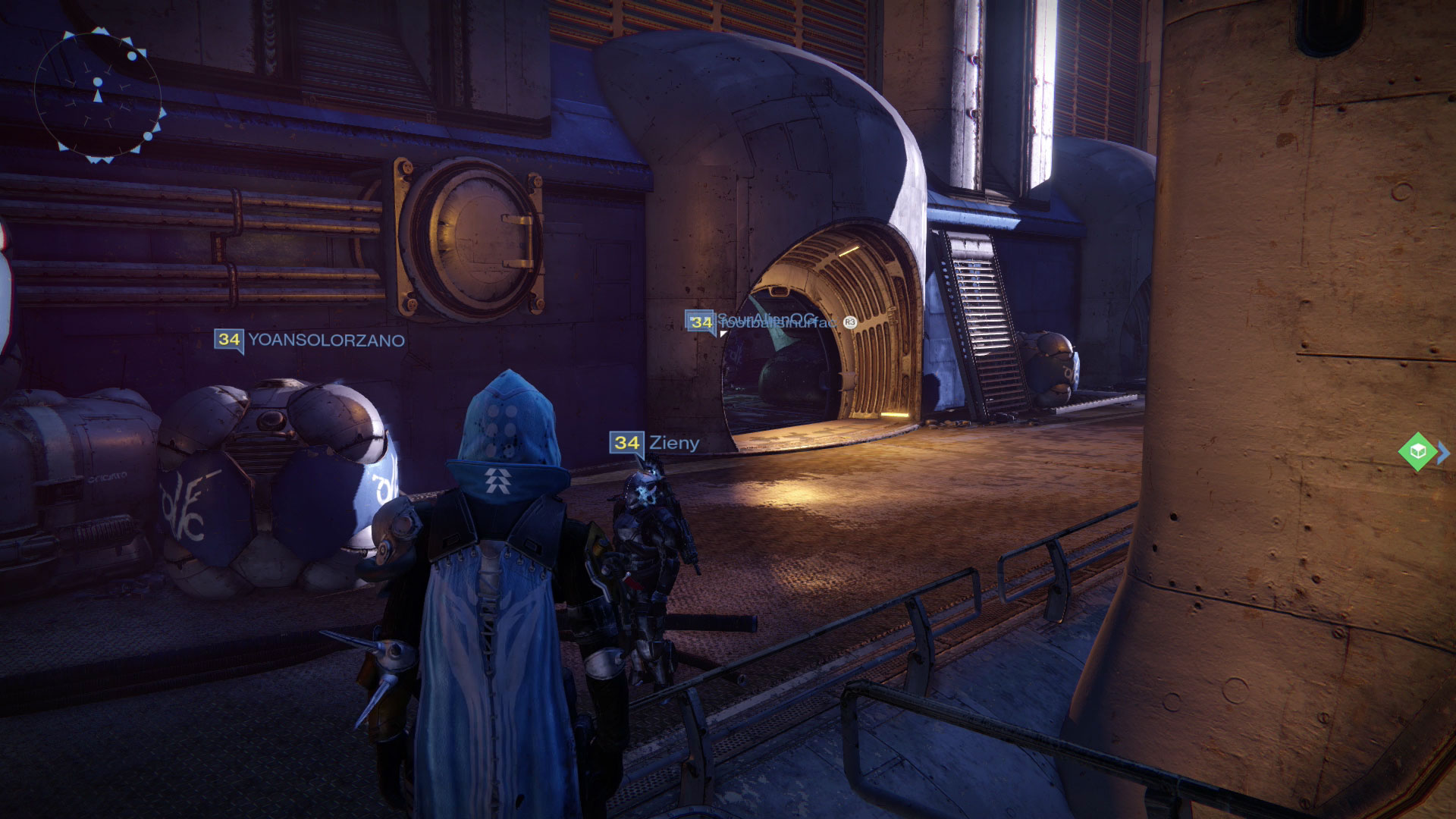
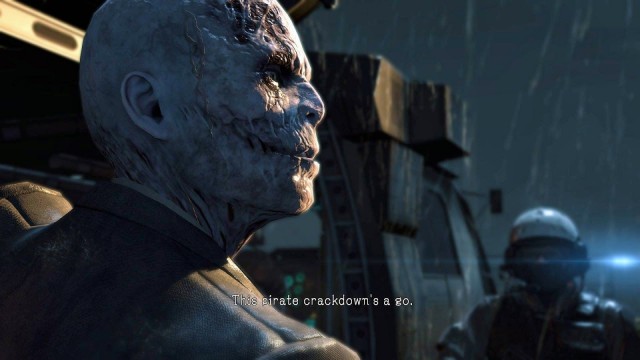 Metal Gear Solid V: The Phantom Pain Guide - Memento Photos Locations
Metal Gear Solid V: The Phantom Pain Guide - Memento Photos Locations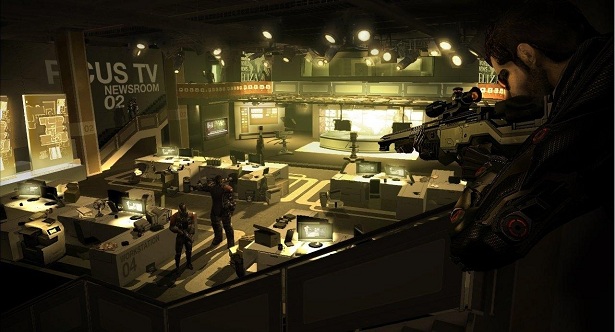 Deus Ex: Human Revolution Walkthrough
Deus Ex: Human Revolution Walkthrough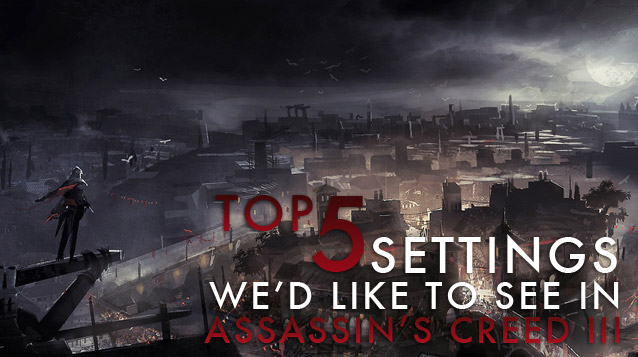 Top 5 Settings Wed Like to See in Assassins Creed III
Top 5 Settings Wed Like to See in Assassins Creed III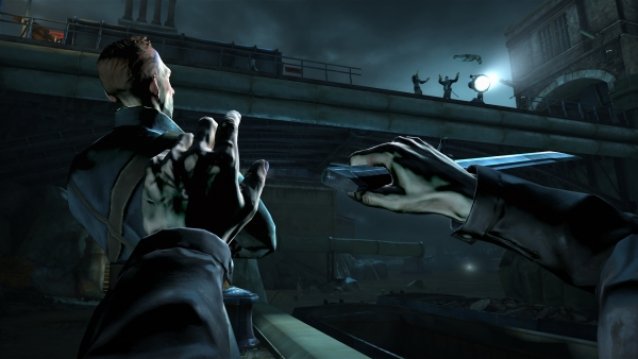 Top 10 Stealth Elements in Games That Make No Sense
Top 10 Stealth Elements in Games That Make No Sense Smite Guide: How to Build Chang'e
Smite Guide: How to Build Chang'e